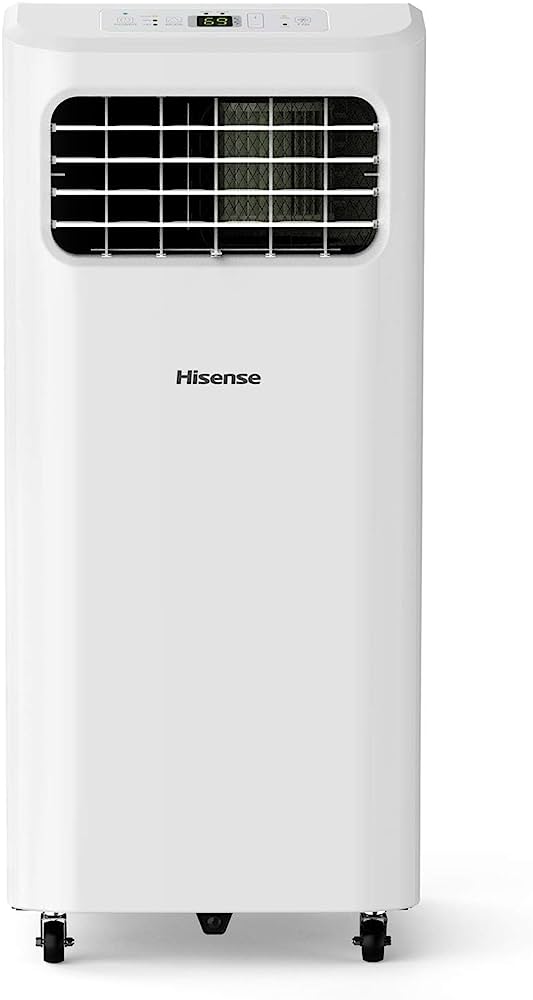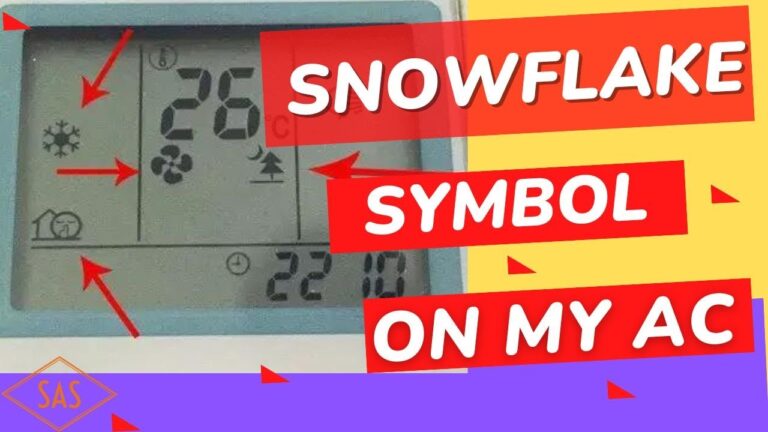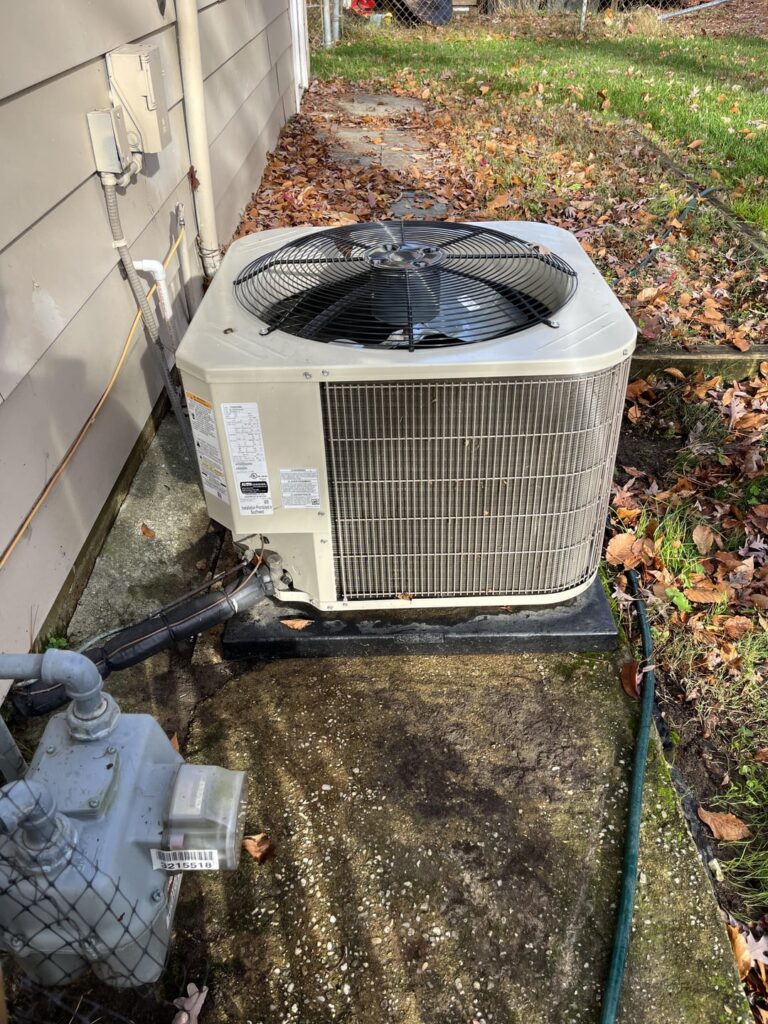Do I Need To Drain My Delonghi Portable Air Conditioner? Essential Tips
You may need to drain your DeLonghi portable air conditioner depending on the humidity level. Some models have auto-evaporation systems.
DeLonghi portable air conditioners offer convenience and flexibility for cooling your space. Certain models come equipped with an auto-evaporation system, which minimizes or eliminates the need for manual draining. This feature is particularly beneficial in areas with lower humidity levels.
In high-humidity environments, you might still need to drain the unit periodically. Understanding your model’s specific features and the humidity level in your area can help you maintain optimal performance. Always refer to the user manual for detailed instructions on maintenance and drainage requirements to ensure your portable air conditioner operates efficiently.
Importance Of Draining
Draining your Delonghi Portable Air Conditioner is crucial for its performance. It helps prevent damage and maintains efficiency. Skipping this step can lead to problems. Let’s explore why draining is essential.
Preventing Water Damage
Water can accumulate in your air conditioner. This buildup can cause leaks. Leaks can damage your floors and furniture. Draining the unit stops this from happening. A simple task that saves money on repairs.
Water damage also leads to mold growth. Mold can affect your family’s health. Draining the unit keeps it clean and safe. Remember to check the water level regularly.
Maintaining Efficiency
An air conditioner with too much water works harder. This makes it less efficient. Draining the water helps it run smoothly. Your room stays cool without extra energy use.
Using less energy saves money on bills. It also extends the life of your air conditioner. A well-maintained unit performs better and lasts longer.
| Benefit | Explanation |
|---|---|
| Prevents Water Damage | Stops leaks, protects floors and furniture, avoids mold growth. |
| Maintains Efficiency | Reduces energy use, saves money, extends unit life. |
How Often To Drain
Draining your DeLonghi portable air conditioner is essential for optimal performance. The frequency of draining depends on several factors. Let’s explore how often you should drain your unit.
Usage Frequency
The more you use your DeLonghi portable air conditioner, the more often it will need draining. If your unit runs continuously, it may require more frequent draining. Frequent usage results in more condensation buildup. For units used daily, check the water levels every few days. Units used occasionally might only need draining weekly.
Humidity Levels
Humidity levels play a significant role in how often you need to drain your unit. High humidity means more moisture in the air. More moisture leads to faster water accumulation in the unit. In areas with high humidity, check the unit’s water levels daily. In drier climates, you can check less often, maybe once a week.
| Condition | Drain Frequency |
|---|---|
| High Usage | Every Few Days |
| Low Usage | Weekly |
| High Humidity | Daily |
| Low Humidity | Weekly |
Signs Your Unit Needs Draining
Knowing when to drain your Delonghi portable air conditioner is crucial. The unit performs best when maintained properly. Look out for these signs your unit needs draining.
Water Leaks
Water leaks are a common sign your unit needs draining. If you notice water pooling around your air conditioner, it’s time to act. A full tank often leads to leaks. Check the unit’s water tank to see if it’s full. Draining the tank can prevent further leaks and potential damage.
Error Codes
Error codes can indicate your unit needs draining. Your Delonghi portable air conditioner displays specific codes for various issues. One of these codes often points to a full water tank. Consult your user manual to decode these error messages. Draining the water tank can clear these error codes and restore normal function.
Manual Vs. Automatic Drainage
When dealing with a DeLonghi Portable Air Conditioner, understanding the drainage process is essential. The unit can have two types of drainage systems: manual and automatic. Knowing the differences helps you maintain your air conditioner efficiently.
Manual Drainage Process
The manual drainage process requires you to drain the water yourself. This involves the following steps:
- Turn off the air conditioner and unplug it.
- Locate the drain plug at the back or bottom of the unit.
- Place a shallow pan or bowl under the drain plug.
- Remove the drain plug and allow the water to flow out.
- After draining, replace the drain plug securely.
Manual drainage can be a bit time-consuming but ensures that your unit runs smoothly.
Automatic Drainage Features
The automatic drainage system offers more convenience. Here are the main features:
- Pump Mechanism: Automatically pumps out water through a hose.
- Continuous Drain Option: Connect a hose to a drain for continuous drainage.
- Internal Evaporation: Water evaporates inside the unit and is expelled as hot air.
Automatic drainage systems reduce the need for manual intervention and enhance convenience.
Both manual and automatic drainage have their pros and cons. Choose the one that suits your needs best. Understanding these options ensures your DeLonghi Portable Air Conditioner works efficiently.
Steps To Drain Your Unit
Draining your DeLonghi portable air conditioner is essential for optimal performance. Follow these simple steps to ensure your unit runs smoothly and efficiently.
Required Tools
- Bowl or Pan: To collect the drained water.
- Towel or Cloth: To clean any spills.
- Drain Hose: For easy water drainage.
Step-by-step Guide
- Turn Off and Unplug: Always turn off the unit first. Safety comes first.
- Locate the Drain Plug: Find the drain plug at the back or bottom of the unit.
- Place Bowl or Pan: Position the bowl or pan under the drain plug.
- Remove the Drain Plug: Carefully remove the plug to let water drain out.
- Attach Drain Hose: If you have a drain hose, connect it to the drain outlet.
- Direct Hose to Drain: Ensure the hose leads to a suitable drainage area.
- Monitor Water Level: Keep an eye on the water level in the bowl or pan.
- Replace the Plug: Once draining is complete, securely replace the drain plug.
- Clean Up: Use the towel or cloth to wipe any spills.
- Restart the Unit: Plug in and restart your air conditioner.
Credit: www.quora.com
Troubleshooting Drainage Issues
Experiencing drainage issues with your DeLonghi portable air conditioner? Don’t worry. This guide will help you troubleshoot common problems and provide quick fixes. Let’s get started!
Common Problems
There are a few common drainage issues you might face:
- Clogged Drain Hose: A blocked hose can stop water flow.
- Full Water Tank: The tank might be full, causing overflow.
- Incorrect Installation: Improper setup can lead to drainage issues.
- Faulty Pump: A broken pump can prevent water from draining.
Quick Fixes
Here are some quick fixes for these common problems:
- Check the Drain Hose: Ensure the hose is not blocked. Clean it if necessary.
- Empty the Water Tank: Regularly check and empty the water tank.
- Verify Installation: Make sure the unit is set up correctly. Follow the manual.
- Inspect the Pump: If the pump is faulty, consider replacing it.
If these steps don’t solve your problem, consult the user manual. It may have additional troubleshooting tips. Always ensure your unit is turned off before performing maintenance.
Maintenance Tips
Keeping your Delonghi portable air conditioner in top shape is crucial. Regular maintenance extends its lifespan and ensures optimal performance. Follow these maintenance tips to get the best out of your unit.
Regular Cleaning
Regular cleaning is essential for efficient cooling. Follow these steps:
- Clean the air filter every two weeks. Rinse it under warm water and let it dry.
- Wipe the exterior with a damp cloth. Avoid harsh chemicals.
- Check the vents for dust. Use a vacuum to clean them.
Storage Preparation
Proper storage ensures your unit stays in good condition. Prepare it by following these steps:
- Drain the water tank completely. This prevents mold and mildew.
- Run the unit in fan mode for a few hours. This dries any remaining moisture.
- Clean the air filter and let it dry completely.
- Store the unit in a dry place. Cover it to keep dust away.

Credit: www.reddit.com
When To Seek Professional Help
Owning a DeLonghi portable air conditioner brings comfort and convenience. But sometimes, it requires professional help to maintain its efficiency. Here are key situations where seeking expert assistance is essential.
Complex Issues
Some problems are too complex for DIY solutions. If your unit leaks water excessively or makes unusual noises, it may indicate internal damage. A professional can diagnose and fix such complex issues.
Electrical problems are another concern. If your air conditioner frequently trips circuit breakers, don’t attempt to fix it yourself. Electrical issues need expert handling to prevent safety hazards.
If your unit fails to cool properly despite regular maintenance, it may involve intricate mechanical faults. Only a professional can accurately troubleshoot and repair these issues.
Warranty Concerns
Maintaining your unit’s warranty is crucial. Attempting repairs yourself can void the warranty. Always check your warranty terms before doing any DIY work.
Professional service ensures compliance with warranty requirements. This protects your investment and ensures quality repairs.
Keeping records of professional maintenance is also beneficial. It helps in future troubleshooting and provides proof of regular upkeep, which is often required for warranty claims.

Credit: m.youtube.com
Frequently Asked Questions
Does A Delonghi Portable AC Need To Be Drained?
Yes, a Delonghi portable AC needs to be drained. Some models have self-evaporating systems, but in high humidity, manual draining might be required.
What Happens If You Don’t Drain A Portable Ac?
Failing to drain a portable AC can cause water overflow, leading to mold, mildew, and damage to the unit.
How Do I Drain My Delonghi Ac?
To drain your Delonghi AC, locate the drain hose or plug at the back. Place a container underneath. Remove the plug or connect the hose to let the water flow out. Reinsert the plug once draining is complete.
Conclusion
Regular maintenance is key to keeping your DeLonghi portable air conditioner running efficiently. Draining it prevents mold and ensures optimal performance. Always check the user manual for specific instructions. By following these tips, you can enjoy a cool and comfortable environment without any hassle.
Stay cool and maintain your unit properly.






